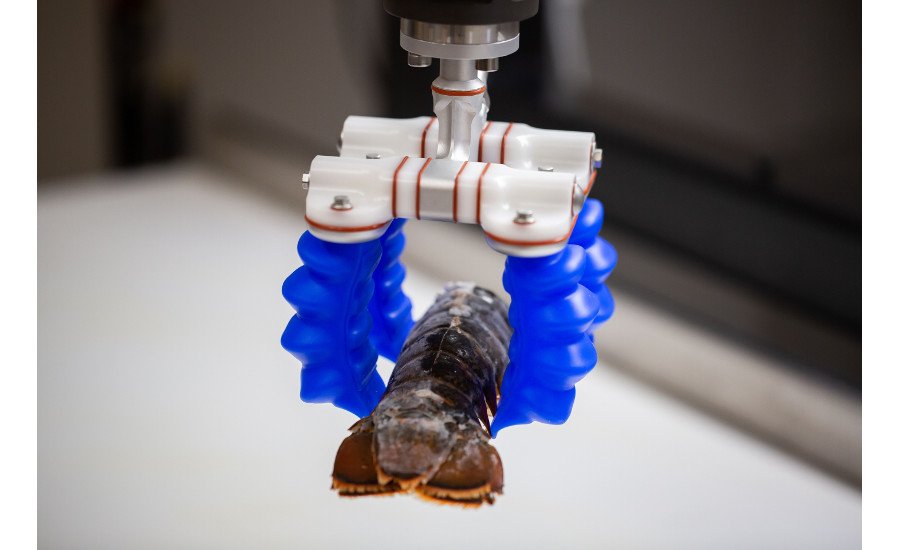Introduction
Robotic grippers are at the forefront of automation, evolving rapidly to meet the complex demands of modern industries. With the integration of artificial intelligence and advancements in soft robotics, these systems are becoming more adaptable, precise, and essential in sectors ranging from manufacturing to healthcare.
Technological Advancements
AI and Machine Learning: The incorporation of AI enables robotic grippers to learn and adapt to various tasks, enhancing their efficiency and versatility. Machine learning algorithms allow these systems to improve over time, handling complex operations with increased autonomy.
Soft Robotics: Developments in soft robotics have led to grippers that can handle delicate and irregularly shaped objects without causing damage. This innovation is particularly beneficial in the food processing and healthcare industries, where gentle handling is crucial.
Sensor Integration: Advanced sensors provide robotic grippers with tactile feedback, enabling them to adjust their grip in real-time. This capability is essential for tasks requiring high precision and adaptability.
Industry Applications
Manufacturing: Robotic grippers enhance production lines by increasing speed and consistency, reducing the reliance on manual labor, and minimizing errors.
Healthcare: In medical settings, robotic grippers assist in surgeries and patient care, offering precision and reducing the risk of contamination.
Logistics: The e-commerce boom has led to increased demand for robotic grippers in warehouses, where they facilitate efficient sorting and packaging of goods.
Challenges and Solutions
Integration Complexity: Incorporating robotic grippers into existing systems can be complex. However, the development of plug-and-play technologies is simplifying this process, making adoption more accessible.
Cost Barriers: High initial investment costs can deter smaller enterprises. Innovations in modular and scalable gripper designs are helping to reduce these financial barriers.
Future Outlook
The future of robotic grippers lies in continued technological innovation, with a focus on enhancing adaptability, precision, and integration capabilities. As industries increasingly adopt automation, the demand for advanced gripper systems is expected to rise, driving further advancements and applications.

